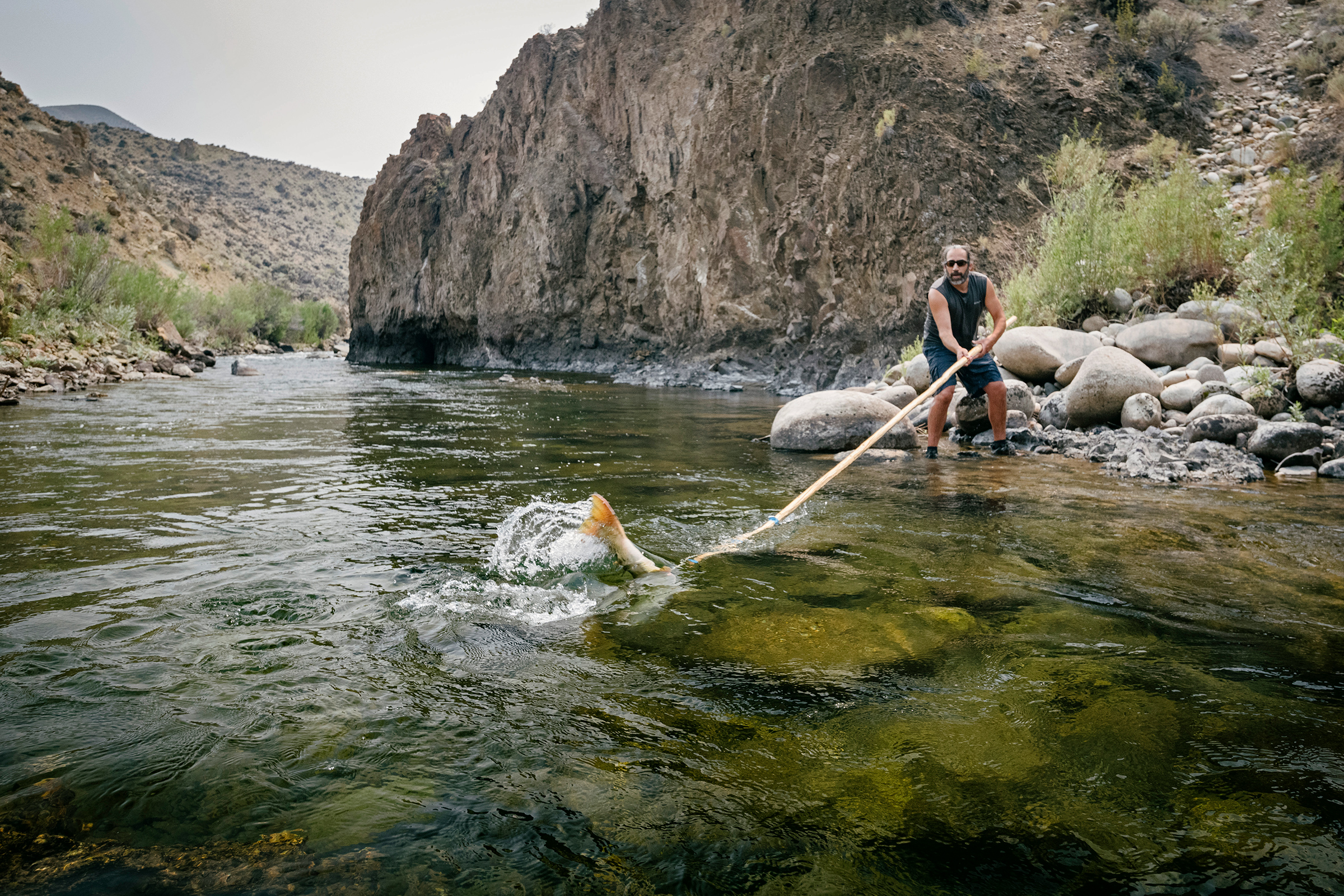When you get high enough into the mountains of Idaho, the fish are in the trees. For the past million years or so, sockeye and Chinook salmon have migrated 840 miles upstream from the Pacific Ocean, climbing 6,400 ft. into the Rockies and burning calories in their ruddy flesh from the ocean plankton they have eaten, depositing their eggs in the cool, rocky streams and, when they die, leaving behind nutrients to be absorbed into the Lodgepole pines and Western red cedars. The ancestors of the Nez Perce, the Shoshone-Bannock, the Coeur d’Alene and other Native American tribes built robust societies within that ecosystem. When Meriwether Lewis and William Clark were lost and starving in these mountains in 1805, Nez Perce found them and fed them salmon.
The current headquarters of the Nez Perce tribe is across the road from Lapwai Creek, a narrow, pebbly rivulet near the head of a major river system where wild salmon have always laid their eggs. Sitting in the air-conditioned prefab offices of the tribe, Shannon Wheeler, a Nez Perce leader, recalls hearing stories growing up about when the wild salmon swam up these waters in pods so dense, the creeks looked black. The salmon runs he watched as a kid were shadows of what his mother saw, but even so, Wheeler remembers fishing with his extended family on the south fork of the Salmon River each summer in the early ’70s, hooking wild Chinook for weeks. It’s where he learned to cover the thick, muscular fish in wet fir boughs to keep them cool and to leave a couple of fish down a trail to distract the bears that would come, and where he first heard the prayers and traditional songs that the elders sing when the salmon arrive.
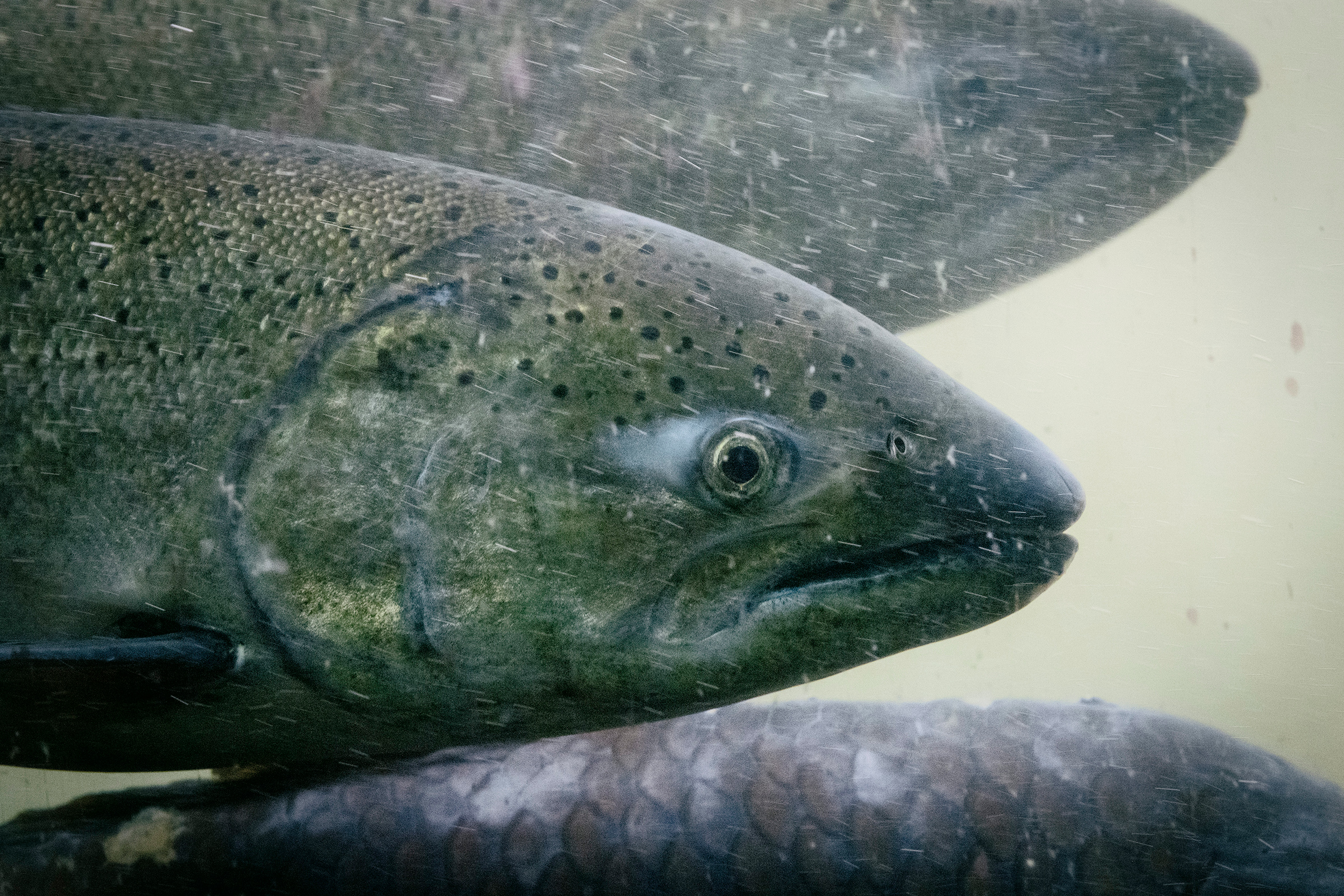
That was before. Today, the salmon in the waters around Lapwai are endangered. A network of hydropower dams built with federal funds between 1934 and 1984, coupled with warming temperatures and changing ocean chemistry, are sending Idaho’s wild salmon rapidly toward extinction. Only 20% of the salmon that swim above the dams are wild—fish that reproduce in cool mountain streambeds and not in the concrete tanks of a hatchery—and there is growing concern among fish biologists that they will be gone in a decade. As the dams have gone up, tribes have demanded protections for fish. In the creation story passed down from generation to generation among the Nez Perce, the salmon in these waters used to speak, but they gave their voices to humans. “Now,” says Wheeler, the tribe’s vice chairman, “we need to speak for the fish.”
Nearly 2,500 miles east, an unlikely coalition has come together in Washington, D.C., to do exactly that. The Nez Perce and 14 other Pacific Northwest tribal nations have joined forces with U.S. Congressman Mike Simpson (R., Idaho), the National Congress of American Indians, sports-fishing enthusiasts and river conservationists in a long-shot bid to convince President Joe Biden and lawmakers to step in and breach four hydropower dams on the Snake River, easing the path for wild salmon to make the 1,600-mile round trip from Idaho’s glacier-fed mountain streams to the Pacific Ocean and back. Simpson has been shopping around a $33 billion plan to remove part of the dams and invest in transportation, water and energy alternatives for the farmers and businesses that rely on them, trying to get the proposal tucked into Biden’s sweeping infrastructure agenda that is being negotiated on Capitol Hill.
For a new Administration that has publicly prioritized both climate change and protecting Indigenous rights, it’s a complicated ask. Removing the dams would help the salmon migration, protect the central role the fish have in Pacific Northwest Indigenous communities and shore up fishing tourism in the small towns that dot the river system. But it would also mean losing the flexible, low-carbon energy source the dams provide just as the President seeks to kickstart the nation’s green economy and re-establish America as a global leader in reducing carbon emissions. “Two of Biden’s top issues right now—climate change and equity—are wrapped up in this, inextricably,” says David Moryc, director of public policy for the advocacy group American Rivers, which is in favor of removing the dams.
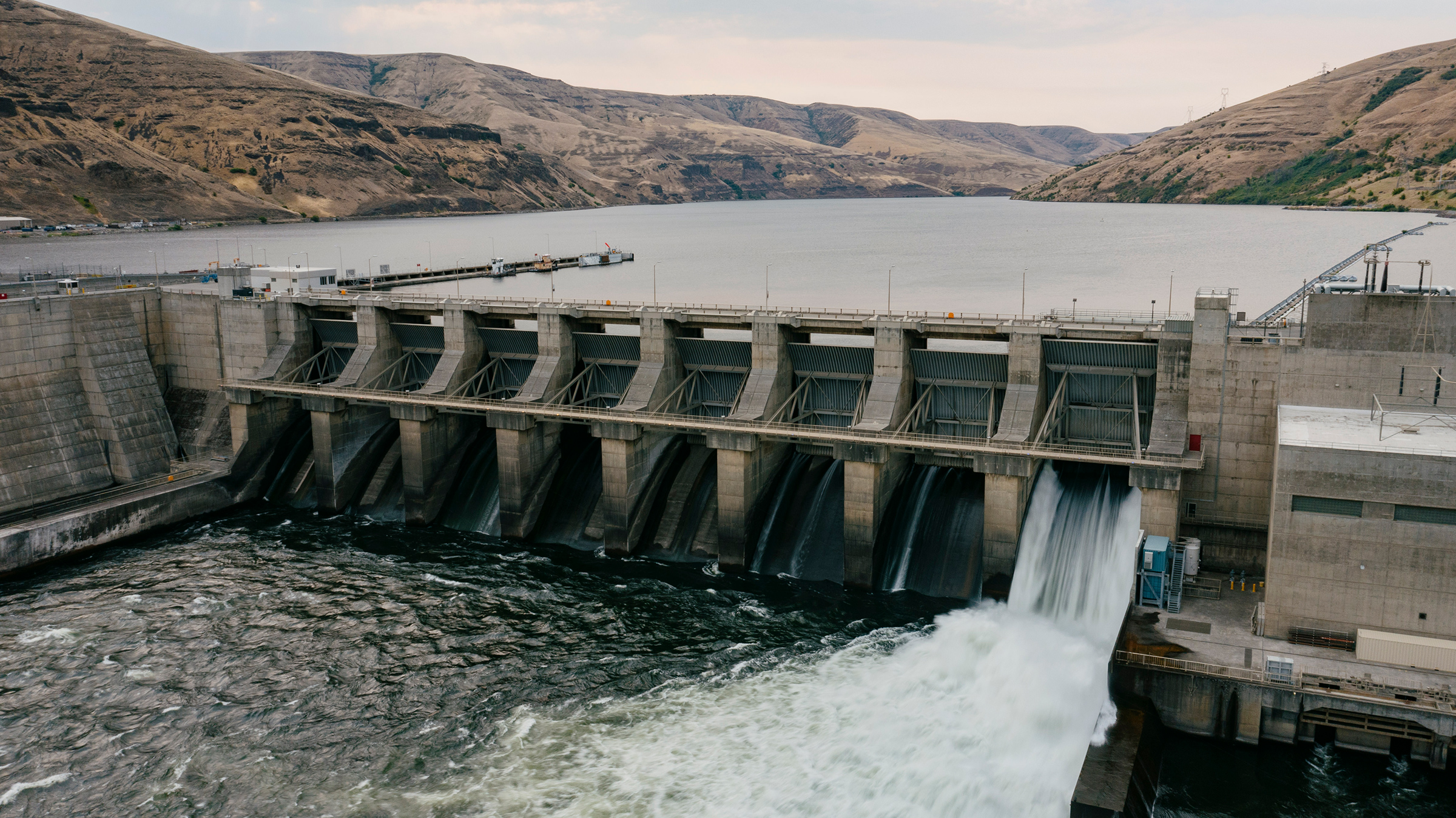
Out west, Simpson’s $33 billion proposal has met fierce resistance from Idaho’s farmers and businesses, despite being designed to appease them. Farmers shipping grain on barges through the dam system’s locks and reservoirs to the Pacific don’t want to lose their cheap, reliable route to markets in Asia. Businesses rely on the energy the hydropower dams produce. Republican lawmakers have largely slammed the idea of breaking open working dams. “I remain unconvinced that breaching the dams is a silver bullet for salmon recovery,” Idaho Governor Brad Little, who is also a Republican, said in a statement to TIME. “Breaching the dams would have devastating impacts on Idahoans and vital segments of Idaho’s economy.”
But it is ultimately Democrats who appear to have scuttled the plan’s inclusion in the $1 trillion infrastructure bill that they hope will shore up America’s roads, bridges and public transit networks. Simpson tried to get colleagues across the aisle to embrace a Republican-led conservation effort, but few Pacific Northwest Democrats took the bait. Washington State’s Governor Jay Inslee and Senator Patty Murray said in May they want to launch their own solution to the salmon’s precipitous decline. Inslee and Murray plan to release a report by the summer of 2022 on the feasibility of removing the lower Snake River dams and whether there are ways to replace the benefits the dams currently provide.
Others don’t think there are enough green alternatives to hydropower dams, and helped block Simpson’s efforts, say two lobbyists who were part of Simpson’s coalition. When that group brought the plan to the White House in hopes that Biden might step in, the President didn’t act. “The message we got back was the Pacific Northwest Democrats didn’t think it was enough of a priority for the Administration to advance it at that time,” says Justin Hayes, the executive director of Idaho Conservation League, who was briefed on the White House meeting.
The infrastructure bill does earmark millions of dollars to improve river basin ecosystems and help fish get around man-made barriers across the country. The push to breach the dams is part of a larger trend across the country of removing dams to save endangered fish. Dams in the Klamath River basin that borders Oregon and California, and in Washington State’s Olympic Peninsula, have been ordered removed to help fish populations. When dams came out on the Penobscot River in Maine, fish populations in tributaries and the ocean outlets rebounded. But none of the funding in the bipartisan infrastructure bill is targeted at removing the four Snake River dams.
That leaves the Nez Perce and other tribes with an urgent problem, and no immediate help from a President who campaigned to restore tribal lands and uphold the country’s responsibility to tribal nations. In July, 15 tribal nations came together on the Squaxin Island reservation in Washington State to discuss how they can help the Pacific Northwest wild salmon and the orca that rely on it to survive. Hemene James, a Coeur d’Alene tribal leader from the northern tip of Idaho, stood during the summit to describe his tribe’s experience of living on ancestral rivers where the fish have been completely blocked by dams. Now, the Coeur d’Alene eat salmon that comes in shipments from other parts of the country. “We get our salmon out of the back of a truck,” James said. “You don’t want to end up like us.”
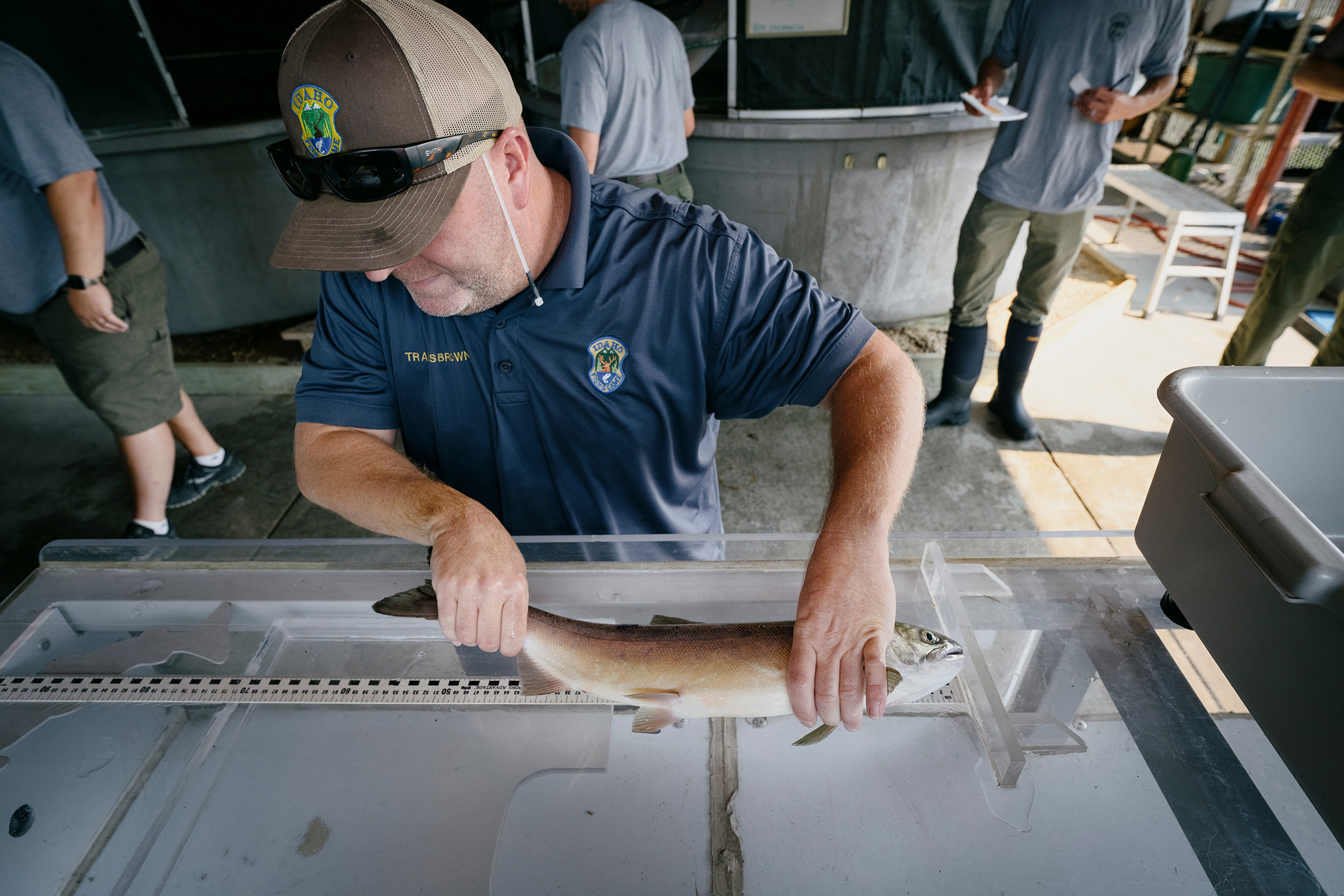
Tramping along the edge of Marsh Creek, a winding stream fed by glacial runoff from the jagged Sawtooth Mountains, Russ Thurow scans the shallows for Chinook parr, as baby salmon are called. “There!” says Thurow, a fish biologist with the U.S. Forest Service, pointing out 2-in.-long spotted fish that could grow into powerful 40-lb. salmon. It darts under the grassy overhang of an eddy. Thirty years ago, when Thurow would lie on his belly with a snorkel and mask in this stream, he would count 200 or 300 Chinook parr in the same conditions.
There is no better place than the high mountain streams of Idaho for Chinook to spawn. The water is cool, with the rocky bottoms that the salmon need to burrow in with their bodies to create gravel nests for depositing their eggs. Juveniles, when they’re large enough, will swim downstream hundreds of miles to the Pacific Ocean. But a trip that took three days before the dams were built now takes two weeks. Along the way, the young Chinook must make it through 140 miles of warm, slow-moving waters, which takes more energy and extends the time they are vulnerable to predators like smallmouth bass and great blue herons.
The ones that make it to the ocean fatten up on plankton and then head back upriver to spawn in the same creek where they were born. They navigate eight man-made dams, four on the Snake and four lower down on the Columbia River, and eight deep reservoirs baked in the sun. The last dam before the high mountain spawning grounds is the 3,200-ft.-long Lower Granite Dam, set in a deep depression between two hilltop prairies planted with wheat and barley.
One morning in July, anglers in a few small fishing boats cast into the dam’s tailwaters for smallmouth bass and walleye. The deep, low rumble of thousands of pounds of tumbling water thunders from the dam, and the industrial smell of water hitting concrete hangs in the warm air. The last power turbine in the Lower Granite Dam was completed by the Army Corps of Engineers and switched on in 1979, capping four decades of dam construction across the Pacific Northwest that turned dozens of free-flowing rivers into highly regulated engineering systems.
Hydropower advocates say the dam system is an integral part of the region’s power mix at a moment when the nation needs clean energy. The four hydropower dams on the Snake River produce about 5% of the energy used in the Pacific Northwest. Like solar and wind energy, hydropower doesn’t require burning carbon to create electricity, and is less weather dependent. In crises when the entire grid goes out, hydropower is quickly accessible to start up coal or natural gas plants, says Kurt Miller, executive director of the not-for-profit Northwest RiverPartners, an association that represents dozens of utilities using hydroelectric power in the Pacific Northwest. “We should maintain all productive hydroelectric dams,” Miller says. “We think that’s a fair place to land because of the severe threat of climate change.”
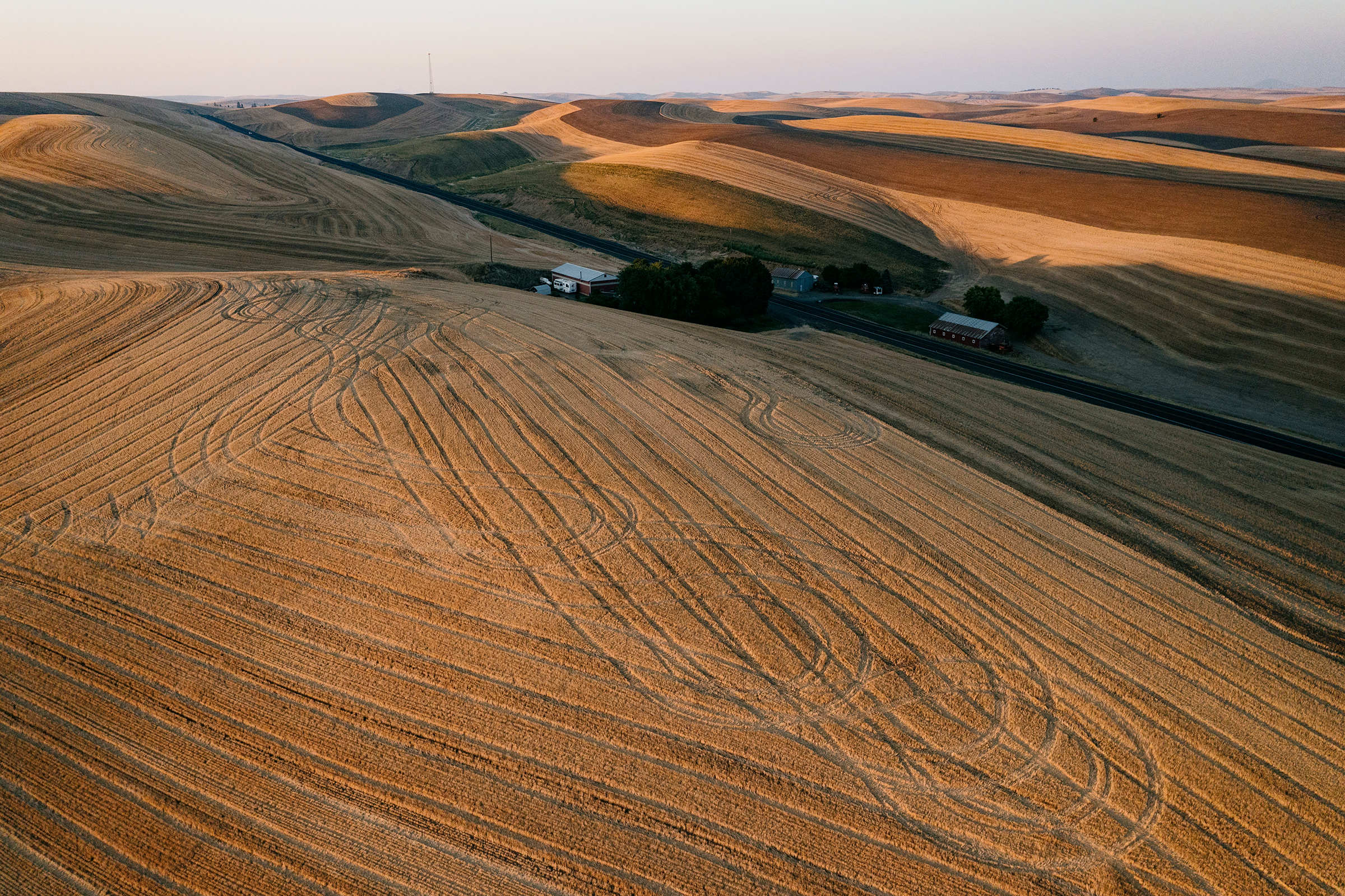
The Snake River dams are embedded in Idaho’s agricultural economy. The dams were designed with locks to carry barge traffic, and are used nearly every day to move wheat and other grains from Idaho’s fields to the ports on the Pacific. Joseph Anderson was a teenager in the 1970s when the reservoir behind the Lower Granite Dam first reached Lewiston, Idaho, about 40 miles upstream, allowing barges to be loaded with grain for the first time and then floated down the federally funded network of dams. Before that, farms in the area loaded their grain on rail cars that were often backed up and subject to unpredictable price fluctuations, Anderson recalls.
Now 63, Anderson farms wheat, pulse and oil seed on about 4,400 acres of the rolling folds of the Palouse prairie surrounding Lewiston. He and other farmers in the area truck their grain to barges on the reservoirs behind the lower Snake River dams, then send it down the network of pools and locks to be loaded onto container ships in Portland, Ore., and shipped to wholesale buyers in Japan, South Korea and Taiwan. The barges have “really changed the industry and agriculture” in western Idaho and eastern Washington State, Anderson says.
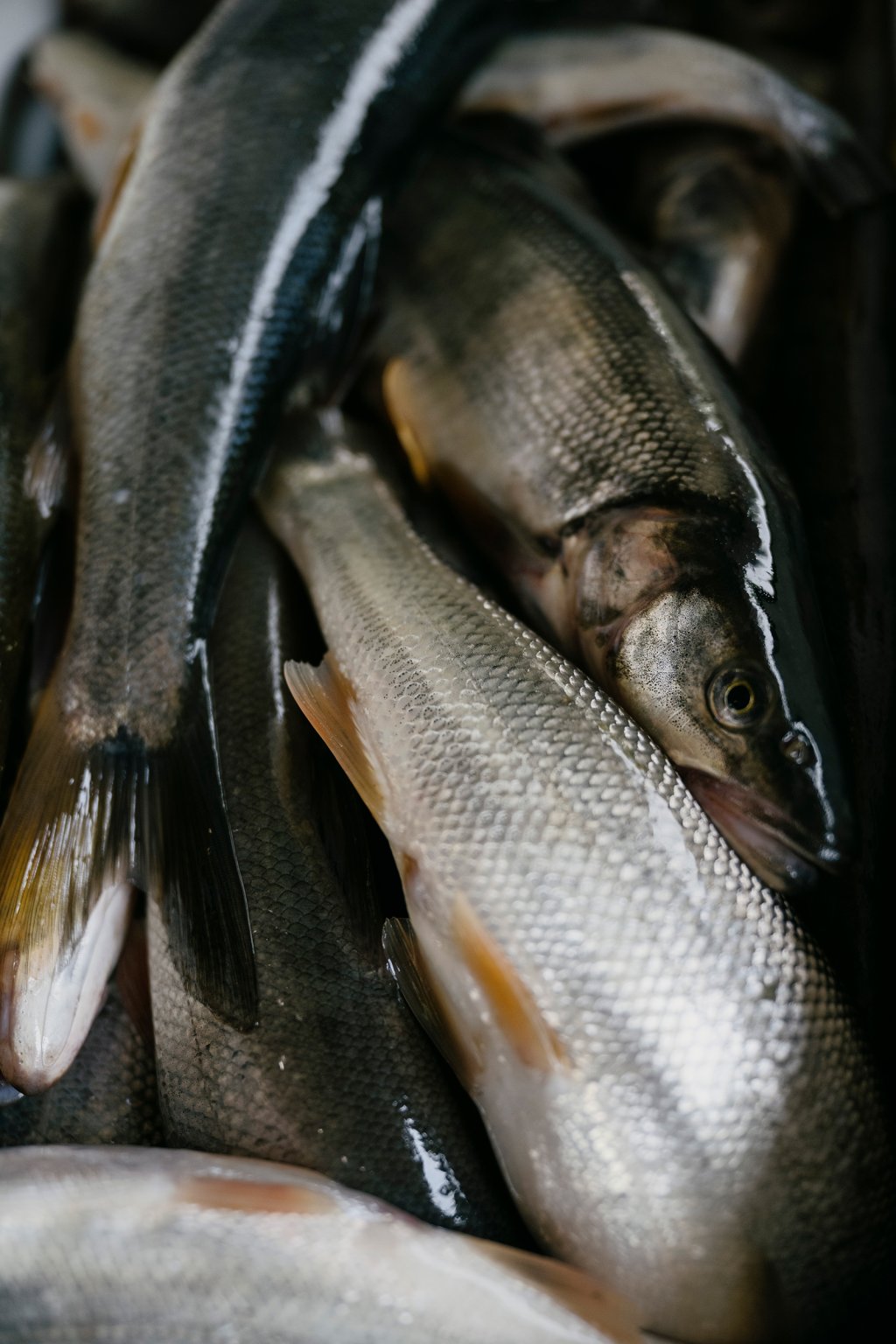

The dams have also changed the ecosystem. Within a decade of completing the Snake River hydropower projects, lawsuits and court judgments forced the Army Corps, which operates the dams, and U.S. Bonneville Power Administration (BPA), which sells their power, to invest millions of dollars in helping fish get around them. In the intervening years, an entire industry of human intervention has sprung up. Most adult wild salmon moving through the system are tagged with a tracking device and logged by Idaho Fish and Game. For fish swimming upstream, fish ladders on the side of the dams have been repeatedly improved to allow salmon migrating from the ocean to propel themselves from concrete eddy to concrete eddy upstream. Some sockeye are carried to hatcheries as far as Boise, 300 miles away, to help raise generations of captive fish to stock rivers where wild salmon have died out. On the trip downstream, young salmon are poured into trucks and driven around the dams, or motored on barges through reservoirs that have little current. Biologists have cryogenically frozen wild sockeye eggs to preserve the wild salmon gene stock.
The system has its defenders. “Fish and dams can co-exist,” insists Lieut. Colonel Rick T. Childers, the Walla Walla district commander for the Army Corps of Engineers that oversees the four lower Snake River dams.
But despite all the costly, court-ordered innovation, scientists say not enough wild fish are returning to spawn. Fewer than 1% of wild Chinook from high mountain breeding grounds are able to make it back from the Pacific, Thurow and other scientists have found, far below the replacement rate needed for the species to avoid extirpation. Mountain streams like Marsh Creek, with its high elevation and cool water, are the most climate-resilient places on the planet to preserve the genetics of wild salmon in the face of dwindling habitats, Thurow says. “If the fish can get here,” he says, “They’ll do their thing.”
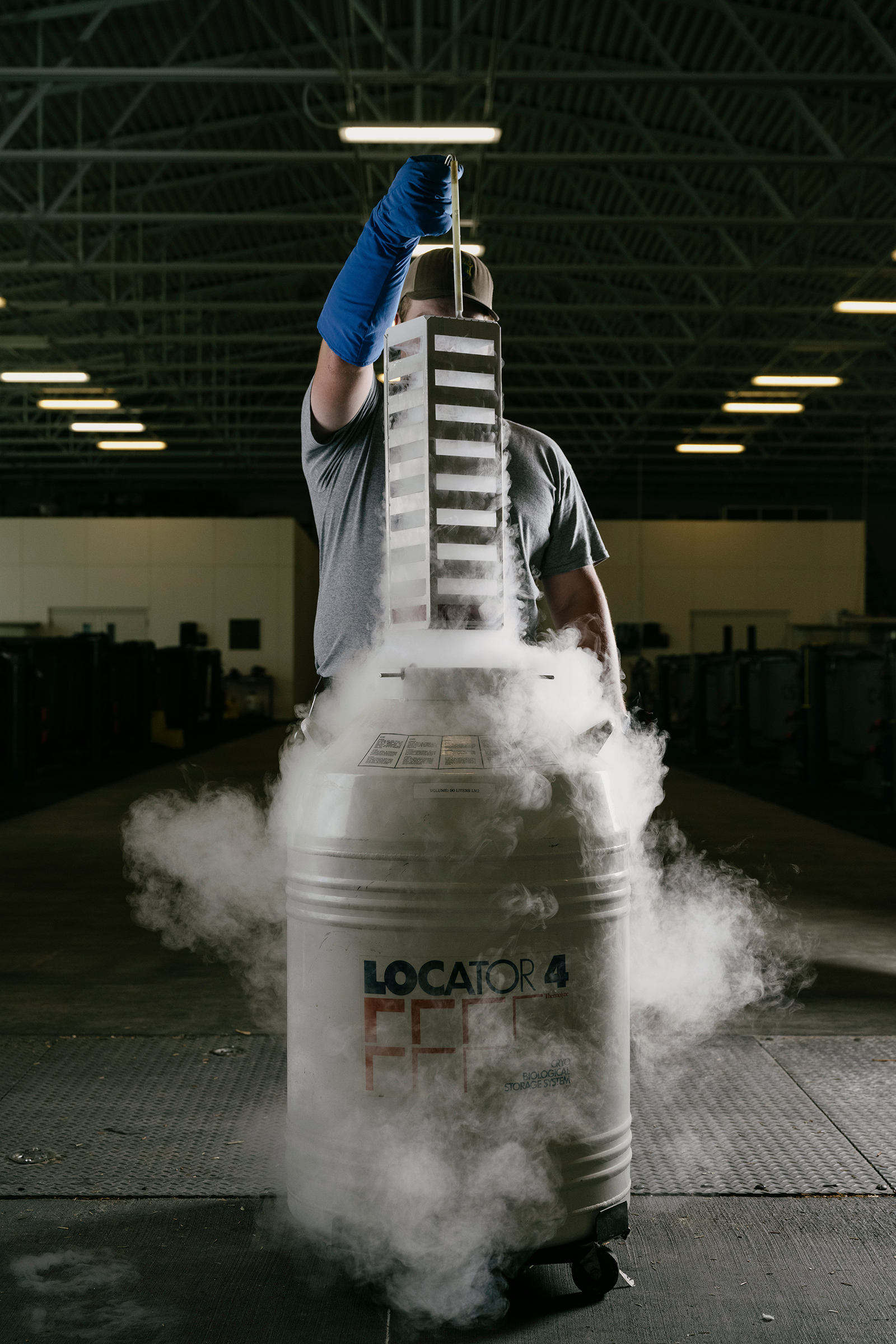
There’s a stuffed salmon on the wall of Mike Simpson’s office in Washington, D.C. In the next room, his chief of staff Lindsay Slater’s office is wallpapered with diagrams of the salmon streams of Idaho, shipping and rail routes, and the location of the hydropower dams in the basin. Charts show agricultural output, energy sources for the Pacific Northwest, and the scientific evidence of declining fish populations.
Salmon-saving operations are getting more expensive every year. The BPA spent $259 million in 2018 to limit the ecological damage of hydropower, up 73% from 2008. That spike got Simpson’s attention. A former dentist from Blackfoot, Idaho, elected to Congress in 1998, he wanted to save the salmon and cut costs for power and agricultural businesses in the state. Along the way he found allies. For Nez Perce vice chairman Wheeler, the U.S. is treaty bound to support saving the salmon, thanks to the 1855 agreement guaranteeing the tribes the right to fish the rivers. “They’re actually trying to save a heritage, a culture, a religion, a way of life,” says Simpson.
Simpson’s proposal to remove the earthen portion of four of the dams on the lower Snake River would allow the river and its salmon to run freely. The $33 billion plan includes building train lines to replace the barges moving Idaho grain to Pacific shipping ports, and creating solar- and wind-energy production to offset the loss in hydropower capacity. It would also provide guarantees that environmental groups wouldn’t sue over other dams in the system for 35 years.
The proposal was embraced by tribes and sports-fishing organizations. But large business owners and farmers in Idaho, despite their relatively recent claims to the land’s resources compared with their tribal neighbors, said breaching the dams would irreparably alter the Idaho economy. “I could only guess that our transportation costs would double,” says Anderson, the wheat farmer. In D.C., when allied lobbyists met over Zoom with David Hayes, Biden’s special assistant for climate policy at the White House and an expert in environmental law, he was positive about the plan, but punted: “Great work,” Hayes said, encouraging them to work with Congress to find a way forward. Privately, an official in charge of funds to protect fish populations says the Biden Administration wants to do more: “When these dams were built, the tribes’ interests were not at the forefront. What are we going to do to make it right?”
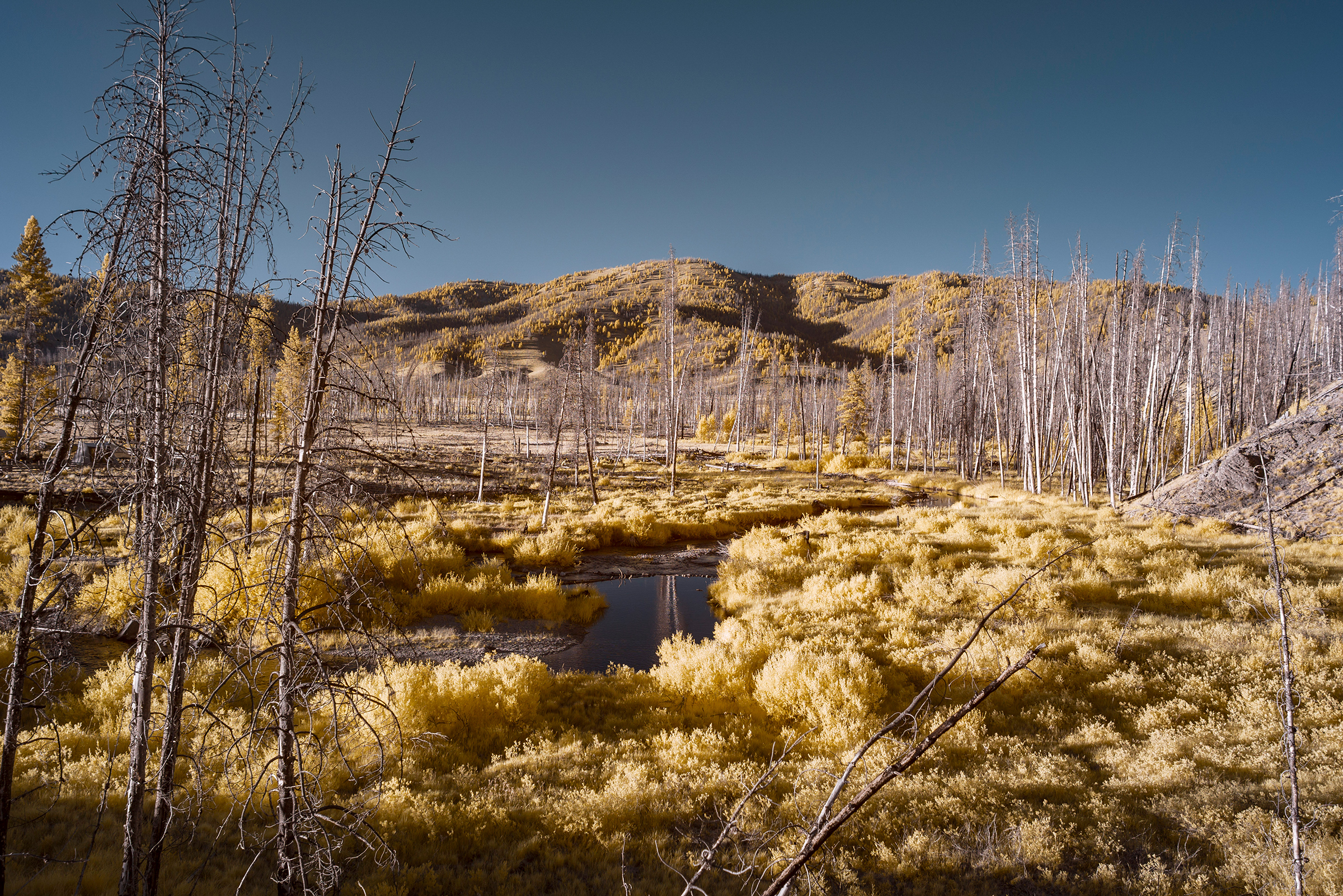
For now, the answer appears to be: nothing. Without Biden’s support, Democrats balked at Simpson’s plan. Washington Governor Inslee deferred to GOP governors in the region. Senator Ron Wyden (D., Oregon) failed to endorse it. But the place it really died was in the office of Representative Peter DeFazio, the powerful Oregon Democrat who chairs the House Transportation Committee and has long opposed dam removal, say the two lobbyists who brought him the proposal. It was DeFazio’s call whether to include it in the infrastructure bill, but he didn’t, and Biden’s team didn’t feel like going to bat for it if the Democrats in the region weren’t clamoring for the proposal, the lobbyists said. DeFazio found that Simpson’s effort was a “broad conceptual plan” not under his purview, said King Green, DeFazio’s spokesperson.
Simpson and his backers hope some money in the infrastructure bill could help, including $172 million for broad Pacific salmon recovery efforts by the National Oceanic and Atmospheric Administration and an additional $400 million for improving ways for fish to get around dams. The bill also provides $200 million for the national fish passage program run by the Department of Interior’s U.S. Fish and Wildlife Service.
But if the history of U.S. government action in the west shows anything, it is that nothing is guaranteed, including the treaties ensuring Native American fishing rights. Those treaties are “the supreme law of the land,” says Lytle Denny, a fish biologist for the Shoshone-Bannock tribe. Denny worries a way of life may be disappearing forever. His great-grandfather would drive to Hells Canyon to catch, preserve and load up a wagon with salmon to bring back and distribute to fellow tribe members. Denny now takes his own children up into the high mountain streams to fish the salmon runs; they feel lucky if they find one or two. This year, Denny speared one of the tribe’s three allotted wild Chinook for the season in a stream running through the Sawtooth range. His great-grandfather, who fished salmon his whole life, often told Denny’s father, “‘Don’t lose this way. You need to keep this way alive,’” Denny says.
But every year, that way of life, like the salmon it is built around, looks increasingly threatened. Shoshone-Bannock leaders drive hours into Washington State to find salmon caught downstream to hand out to the tribe. In the Clearwater River and Lapwai Creek streams around the Nez Perce reservation, the tribe’s catch has been so abysmal that during its traditional first foods ceremony in May, elders had to use salmon caught more than a hundred miles downstream, and in July, the tribe distributed salmon to its members from the back of a truck.
—With reporting by Mariah Espada and Nik Popli/Washington
More Must-Reads From TIME
- The 100 Most Influential People of 2024
- The Revolution of Yulia Navalnaya
- 6 Compliments That Land Every Time
- What's the Deal With the Bitcoin Halving?
- If You're Dating Right Now , You're Brave: Column
- The AI That Could Heal a Divided Internet
- Fallout Is a Brilliant Model for the Future of Video Game Adaptations
- Want Weekly Recs on What to Watch, Read, and More? Sign Up for Worth Your Time
Contact us at letters@time.com
